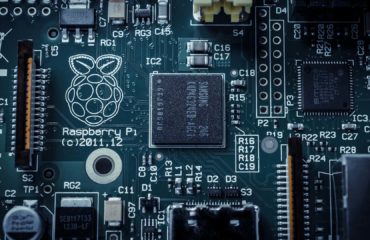
Next on the list is to install KODI on our device. This of course is optional, but as my device will end up close to the TV within the livingroom and I would like to have a great mediaplayer that plays all my offline content as well as a lot of online content (the upcoming release even including Netflix support / integration). Most steps below are just copy & paste from other tutorials online, but for completeness sake I include the install information on this blog as well.
So let us start with installing KODI itself by;
[bash] sudo apt-get updatesudo apt-get install kodi kodi-inputstream-adaptive kodi-inputstream-rtmp
[/bash]
This will install KODI and the two inputstream plugins. This for now is enough for me. If you need more or other plugins / addons you can check them out by;
[bash] apt-cache search kodi[/bash]
For KODI to run properly we need to tweak our system a bit. Nothing fancy as all can be done once again with the raspi-config program. First we need to increase the amount of memory allocated to the video driver;
[bash] sudo raspi-config"Advanced Options" -> "Memory Split" -> 256
[/bash]
Then to enable certain multimedia codecs such as VP6, VP8, MJPEG, Theora, etc. we need to enable the camera option.
[bash] "Interfacing Options" -> "Camera" -> Enable[/bash]
And last but not least, we need to make sure we are using the closed source video drivers from the foundation, not the new(er) opensource version. It is default with Raspbian so should be OK, otherwise check it with the raspi-config and change it back to the “Original non-GL desktop driver”.
That is it for now. If you would like to autostart KODI on boot you can do so by;
[bash] sudo nano /lib/systemd/system/kodi.service[/bash]
And insert the following content;
[bash] [Unit] Description = Kodi Media CenterAfter = remote-fs.target network-online.target
Wants = network-online.target [Service] User = pi
Group = pi
Type = simple
ExecStart = /usr/bin/kodi
Restart = on-abort
RestartSec = 5 [Install] WantedBy = multi-user.target
[/bash]
Followed by the command;
[bash] sudo systemctl enable kodi.servicereboot
[/bash]
In one of the next blog post I will look at the great work from user “pcwii” at the Mycroft community, who is working on a Mycroft skill to control a KODI instance.
Do you like what you just read? Keep me going by donating on Paypal or become a Patron.



